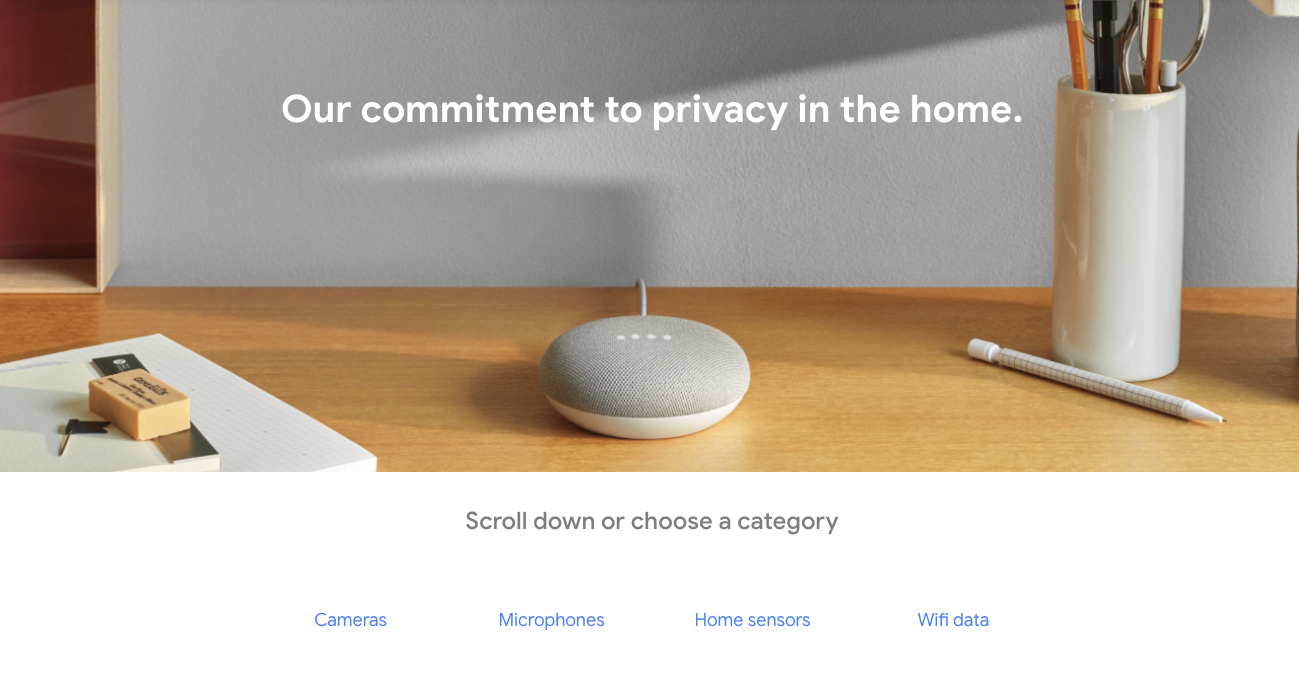In the immortal words of Jon Stewart, “Bullshit is everywhere. There is very little that you will encounter in life that has not been, in some way, infused with bullshit.”
As a brand strategy and design agency, we live in the intersection between people and brands. This is perhaps one of the most fertile, organic spaces for bullshit to thrive. The speed of technology has created a sizeable gap between those who know what they’re talking about and those who don’t. Our job, to the best of our abilities, is to eradicate the nonsense, the fluff, the jargon, the overpromising and under-delivering.
The truth is, brands have real meaning in our lives and there is some art in strengthening that connection. The inherent tension here is wanting to create something useful, authentic, and emotionally resonate in a space that is and always will be about profit. Some say that’s impossible. Others say that challenge is the very thing that motivates them to produce better work.
Two Ads, Two Approaches in Authenticity
A micro case study: Last month, I attended Pop-Up Magazine, a “live magazine” event that features storytelling, animation, music, and just like a real magazine, ad-breaks. It’s a tough space for sponsored content; these commercials are sandwiched in-between authentic and beautifully produced journalistic pieces.
The first ad-break was for Google’s new project, BikeAround, which pairs a stationary bike with Google Street View to take dementia patients on a virtual ride down memory lane. Patients input a street address of a place that means something to them – a childhood home, for instance – and then use the pedals and handles to “bike around” their old neighborhoods. By combining mental and physical stimulation, scientists think this can affect memory management in a profound way. When the ad was over, there was huge applause and even a few teary-eyed audience members.
The second ad-break was for CHANEL, a fast-paced, noir fever dream that beamed messages like, “Seize beauty, all the time, everywhere you go, in a Venetian church, in a boutique of white camellias, in a baroque angel, because it is a vital necessity” straight into our dull, unperfumed brains. When it was over, several people laughed and one person booed.
Is Honesty Just Another Gimmick?
Both Google and CHANEL are trying to sell us something, yet one ad was happily digested and the other spit back. The difference in tone and subject matter here is stark, but it isn’t always as easy to detect. Sure, Google looks like the victor here, but just last week, they were in the news for updating the privacy language for Nest. We all braced for the usual legalese of a terms and conditions manifesto, but were stunned to see a surprisingly transparent document. The text was breathable, there was white space, there was even tasteful, edge-to-edge photography. Do we buy it? Or is this another marketing ploy in the nefarious long-game to pool our data?

The Mirage of Digital Transformation
The first wave of Bay Area entrepreneurship was largely about pitching a vision of digital transformation that was so luminous, so hyperbolic, you couldn’t help but buy in. It’s that classic scene from Silicon Valley, where over a minute-long montage, startup founders pledge to “make the world a better place through Paxos algorithms for consensus protocols,” or to “make the world a better place through canonical data models to communicate between endpoints.” No matter how small your product, it was going to have a colossal impact on all of mankind, forever and ever.
I believe we’re in a different era, one that rewards radical honesty (or the illusion of it), utility, and a touch of humility. When I think about my favorite brands right now, they are building products that aim to make a notable difference in people’s lives, as opposed to trying to be their whole lives. We want brands to tell the truth, provide value, and then get out of the way.
People are more skeptical than ever, and with good reason. In a world overrun with fake news, seamless sponsored content, and media scandals, it can be difficult to know what to believe. According to the Edelman Trust Barometer, today only 52 percent of global respondents trust businesses. The figures are even more dramatic in the U.S., where a mere 48 percent are similarly trusting, down from 58 percent in 2017. Brands clearly need to re-evaluate their messaging strategies if they are to regain the public’s confidence.
An Incomplete Checklist for Avoiding Bullshit
1. Can you describe it in one sentence?
Brevity is the soul of wit. If you can’t explain what you’re doing in one clean sentence, chances are you’re trying to be everything to everyone. A fantastic exercise is the 100 – 50 – 10 – 5 experiment. The challenge is to describe your company or product in increasingly tighter word counts. Think of this as a sieve for filtering out everything inessential about your brand and the value it provides.
2. Does your mom understand it?
Perhaps the hardest test of all: do your parents understand what you do? Beyond brevity, being able to describe yourself in plain language is key. My parents don’t know what a “global p2p marketplace for homestays and experiences” is, but they understand renting out a spare room to a tourist.
3. Can it be translated into another language?
You know what doesn’t translate well? Buzzwords, jargon, the word “unicorn.” Google Translate is one of the most underrated writing tools at your disposal. It forces you to consider your language in a global context, which you probably should be doing anyway.
4. Does a public service already provide it?
For all the disruptors, innovators, trailblazers, and game-changers out there: if you are working on a slightly modified version of an already-existing public service, you’re not revolutionizing anything. That doesn’t mean you don’t have value, it just means the language you use to describe yourself should be reigned in. It’s tempting to say you’ve “solved commuting” or “transformed how cities move,” but you have to remember: a tech bus is still, first and foremost, a bus.
5. Who is it really for? Who does it exclude? What does the world look like without it?
Who are you really “making the world a better place” for? Can something be revolutionary if it isn’t inclusive, accessible, affordable? Maybe your product isn’t for everyone – and that’s fine! But then your communications shouldn’t be either. When brands veer out of their lane into “universal good” territory, that’s when people call bullshit.
Like death and taxes, bullshit is inevitable. But we don’t have to let brands get away with it. Let’s enter the era of honesty, humility, and transparency – or at least the closest thing to it.
Emotive Brand is a brand strategy and design agency in Oakland, California.





